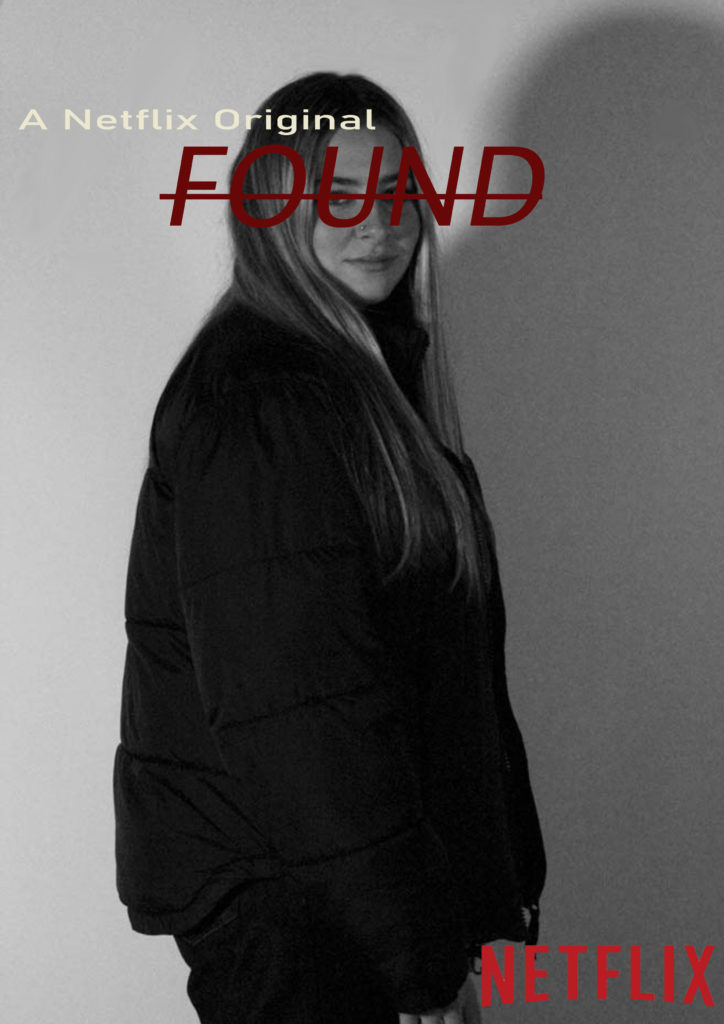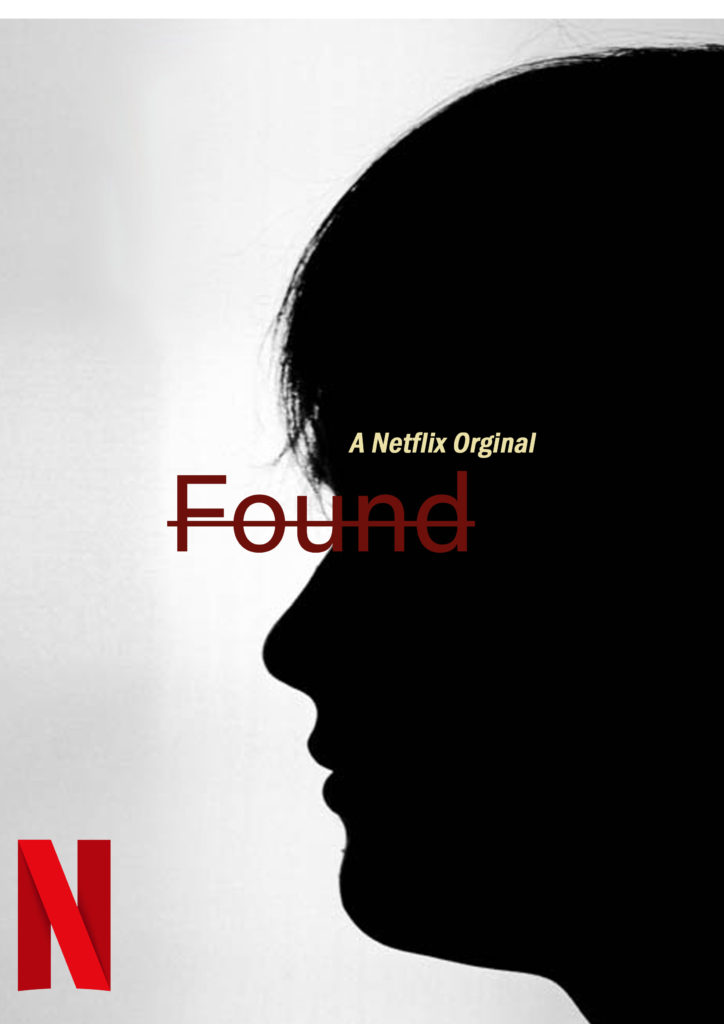Gilroys theory:
Paul Gilroy believed “unstable” and politicised identities are “always unfinished, always being remade” and ethnicity is an “infinite process of identity construction”. In other words, ethnicity and national identity are not actually fixed or permanent.
Gilroys main points:
- WW2 immigrants were seen as an alien ‘other’ to an imagined white Britishness.
- Black immigrants were perceived to be ‘swamping’ white communities.
- Black communities were demonised through the representations that associated them with individual acts of criminality – knife crime and muggings were particular media concerns. These representations construct a ‘common sense’ notion of the criminal black male.
- Later representations constructed the black community in general, and black youths in particular, to be naturally lawless and incompatible with British white values.
- Later representations suggested that black otherness had a corrosive effect on white youth culture too.
racial otherness
Gilroy’s hugely important study of black representation.
‘there aint no Black ibn the union jack’ -The story of UK relations from WW2 onwards, the post war wave of immigration from the west indies produced a series of anxiety’s regarding immigrant behaviours.
‘Lurid newspaper reports of black pimps living off the immortal earnings of white women’ – Gilroy 2008, 95.
The black community are constructed as a racial ‘other’ in the predominantly white world of 1950s Britain. There were worries that immigrant communities would swamp / take over white Britain. These fears were further noted in the news in late 1970s and 1980s and routed the black community with assaults, muggings and other violent crimes.
‘It is not then a matter of how many blacks there are, but of the type of danger they represent to the nation’ – Gilroy 2008
post-colonial melancholia
substandard living conditions produced racial representations. There were intensified fears that immigrant communities would fill up Britain. Racial representations were “fixed in a matrix between the imagery of squalor and that of sordid sexuality” Gilroy argued that this was gated the black community out by saying they are a “other” race in the majority white Britain.
The story of UK race relations post W.W. 2: After Gilroy’s study of how black people and immigrants where being pushed aside by people instead of being included and recognised. After that, 2 decades later, Britain was flooded with “fear” that immigrants and other races were going to “swamp” Britain.
Ghost Town – BBC:
Quote – “It was clear that something was very, very, wrong,” the song’s writer, Jerry Dammers, has said.
Quote – “I saw it develop from a boom town, my family doing very well, through to the collapse of the industry and the bottom falling out of family life. Your economy is destroyed and, to me, that’s what Ghost Town is about.”
Quote – “No job to be found in this country,” one voice cries out. “The people getting angry,” booms another, ominously.
Specials grew up in the 1960s listening to a mixture of British and American pop and Jamaican ska. 1981, industrial decline had left the city suffering badly. Unemployment was among the highest in the UK. The Specials, too, encapsulated Britain’s burgeoning multiculturalism. It expressed the mood of the early days of Thatcher’s Britain for many.
As Ghost Town reached number one, its lyrics were horribly borne out. “Can’t go on no more,” sang the Specials, “the people getting angry.” As if on cue, the worst mainland rioting of the century broke out in Britain’s cities and towns. For the first and only time, British pop music appeared to be commenting on the news as it happened.
Levi Strauss
Binary Oppositions
This theory suggests that NARRATIVES (=myths) are STRUCTURED around BINARY OPPOSITIONS eg: good v evil; human v alien; young v old etc etc.
E.G from blinded by the light
dad and son
Uni and no Uni
old and young
Pakistani and English
Pakistanis vs skinheads
It therefore creates a dominant message (ideology) of a film, TV programme, advert, music video, animation etc. So in this way audiences are encouraged to make a judgements about characters, groups, places, history, society etc. In this way, texts can be seen to either support the dominant ideologies of a society, which would make it a reactionary text ,or to challenge, question or undermines the dominant ideologies of society, in which case it could be seen as a radical text


